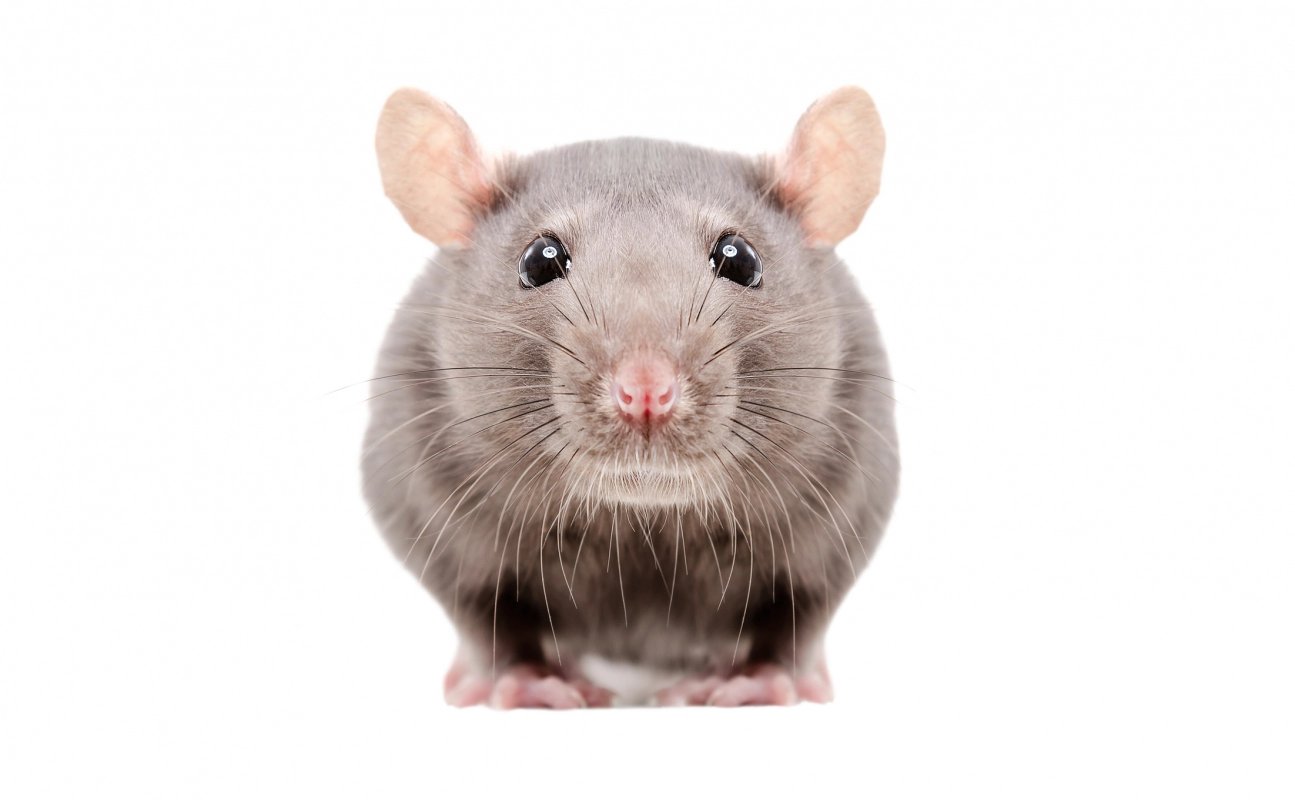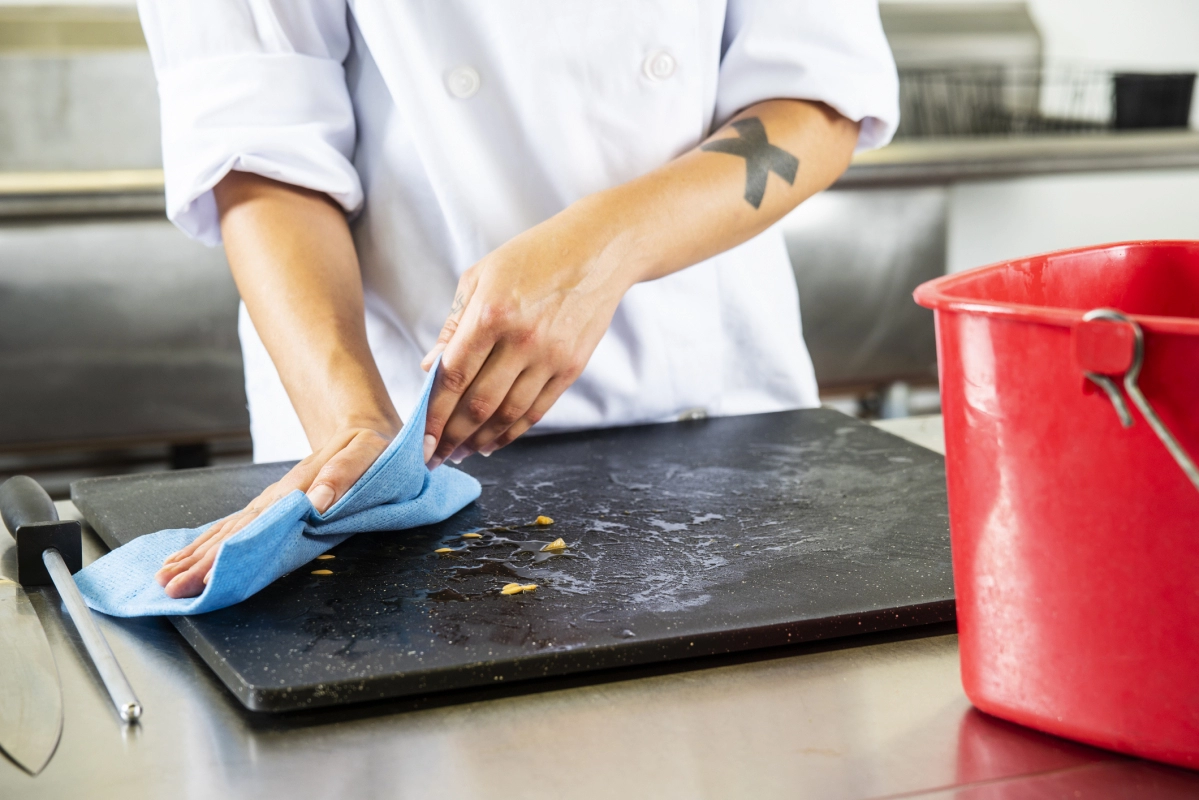Rodents are some of the most common pests that restaurants around the world have to deal with. They usually seek refuge in restaurants because of their easy and reliable access to food, water, and shelter. Unfortunately, rodents carry with them the major risk of spreading disease by carrying bacteria into restaurants, as well as through their droppings. While many food service establishments have taken the proper precautions necessary to avoid rodent problems, rodents are a persistent and all-too common problem for businesses around the country.
Why rodents are so harmful to food service establishments
Rodents carry harmful bacteria on their fur that can transfer dangerous diseases including salmonellosis, listeriosis and hantavirus onto food products and, as a result, customers and employees. Bacteria is also carried in rodent droppings and urine, which can make its way into food products. In addition to bringing diseases into the workplace, rodents also damage food products by chewing packaging, eating food, and contaminating food products, creating large amounts of avoidable waste. A rodent infestation can wreak havoc on a restaurant’s public image and reputation, and can have establishments shut down by health inspectors. Rodents reproduce rapidly, which can quickly worsen the problem, making it imperative that possible infestations are spotted and dealt with immediately.
How to spot a possible rodent infestation
Rodents, like other pests, can exist within an establishment for some time before anybody realizes that pests are present. The most apparent signs of a rodent infestation inside a business will come in the form of distinct bite patterns in food packaging, as well as small droppings found all around the establishment - including floors and surfaces. Stains may also be found on the walls of your establishment, caused by rodents brushing past walls and leaving trails of grease and other debris. Nesting materials are often found in piles around the restaurant, usually in hard-to-reach areas - these piles will often consist of scraps of paper and other soft materials found in buildings. Before long, staff and customers will begin to report sightings of rodents. Ideally, restaurants are able to deal with the problem long before this happens.
How to prevent and control rodents
When it comes to preventing rodents, proactive measures are most effective. Identify and eliminate elements that might draw rodents into your restaurant, as well as possible entry points - denying rodents entry isn’t always possible, but taking proactive measures is recommended. Installing traps and bait stations is recommended by experts as one of the best methods of proactive rodent prevention. From there, you’ll want to create a response plan that will allow you and your staff to act promptly in the event of an infestation. Team members should be trained and taught what to look for, how to safely deal with rodents, and how to report possible sightings.
Controlling an infestation is more difficult than taking proactive measures, as it may interfere with your business. Never use chemicals in your restaurant, as you run the risk of infecting food products and passing harmful chemicals to customers. It’s highly recommended that food service operators contact professional pest control services to deal with the infestation quickly and safely in order to avoid public humiliation and to minimize the extent of damage done by rodents.



